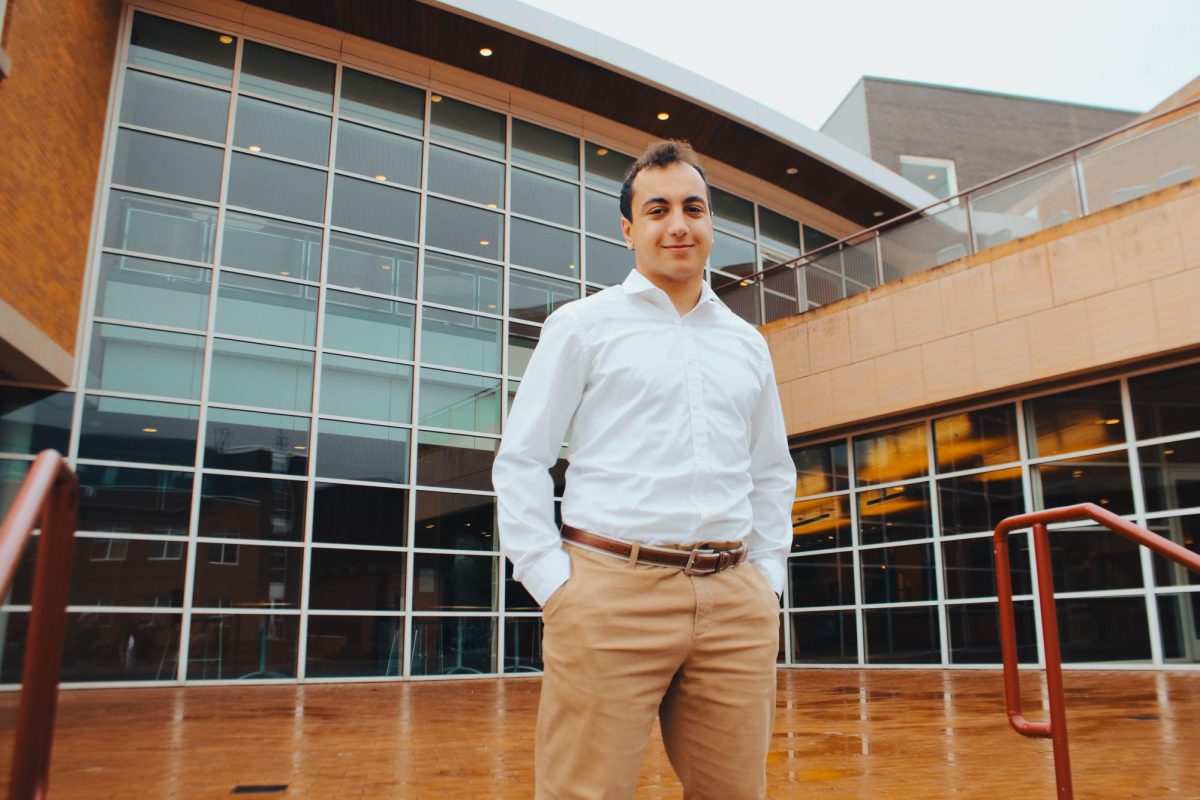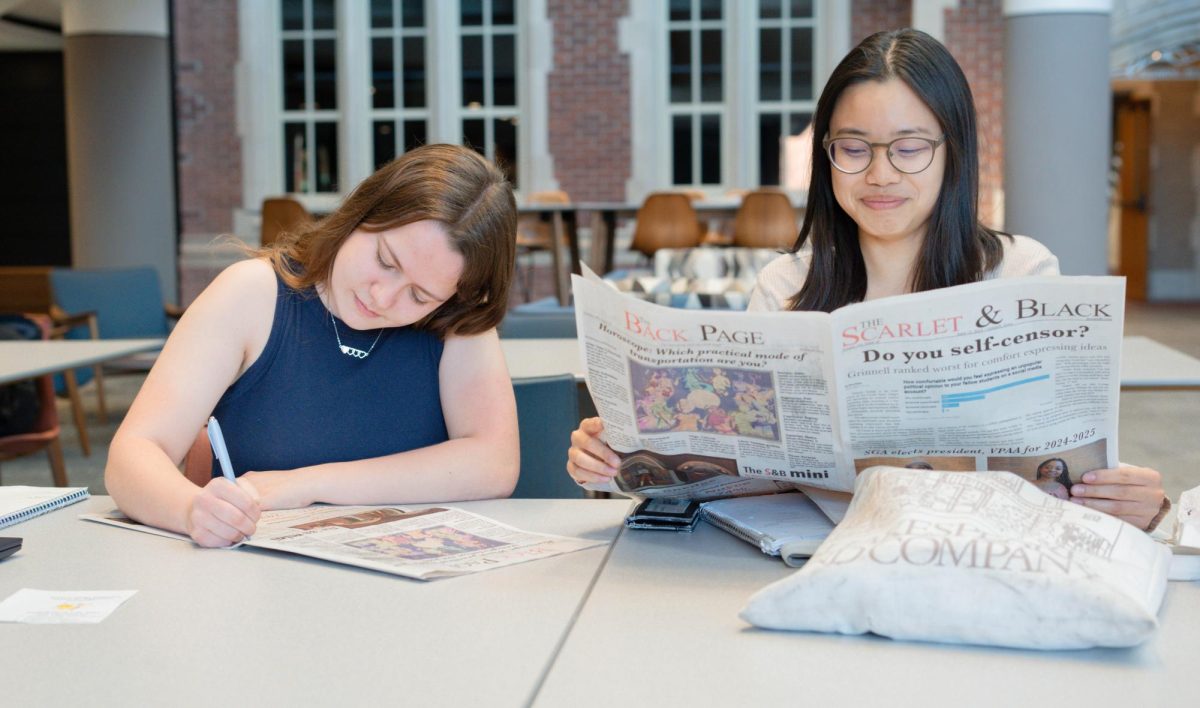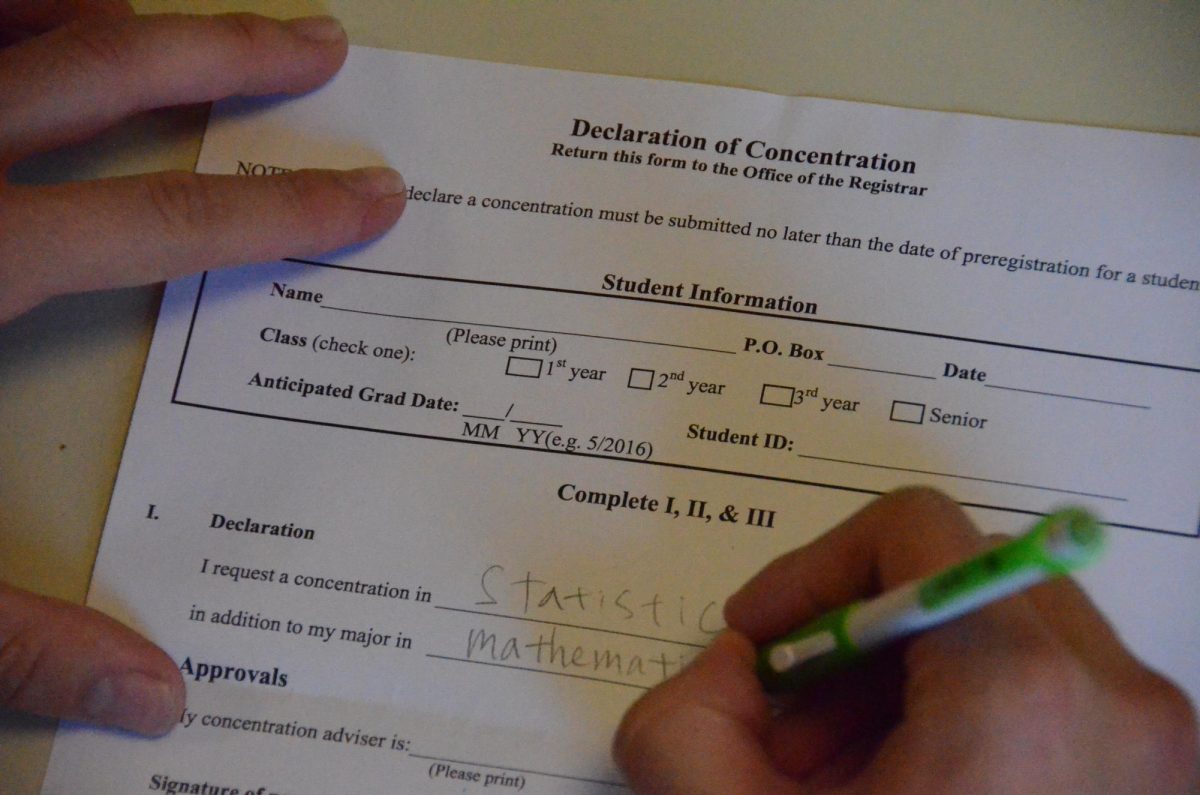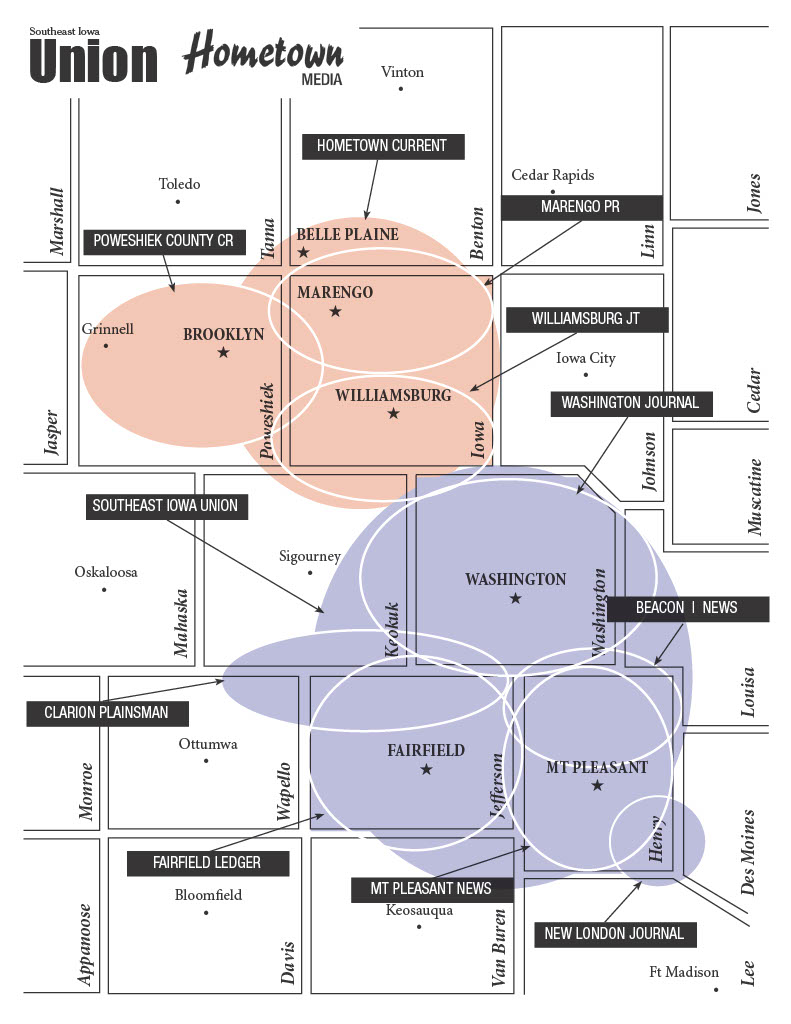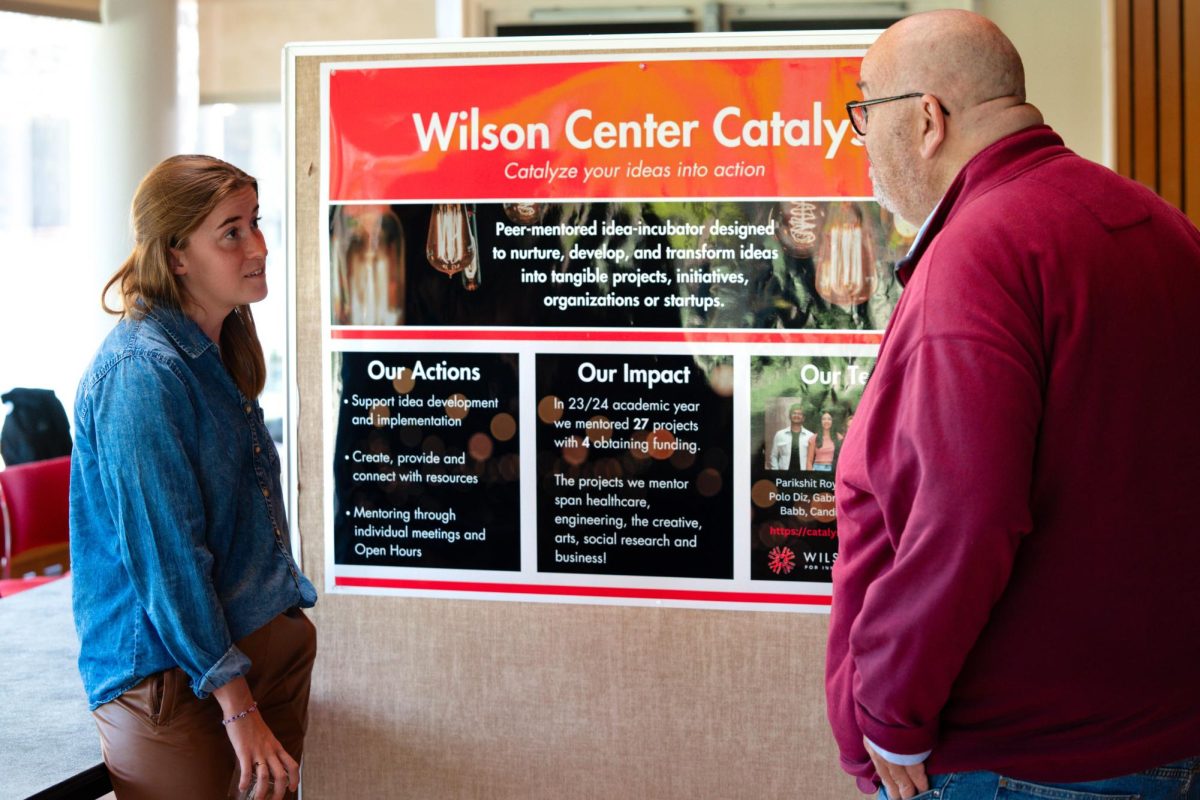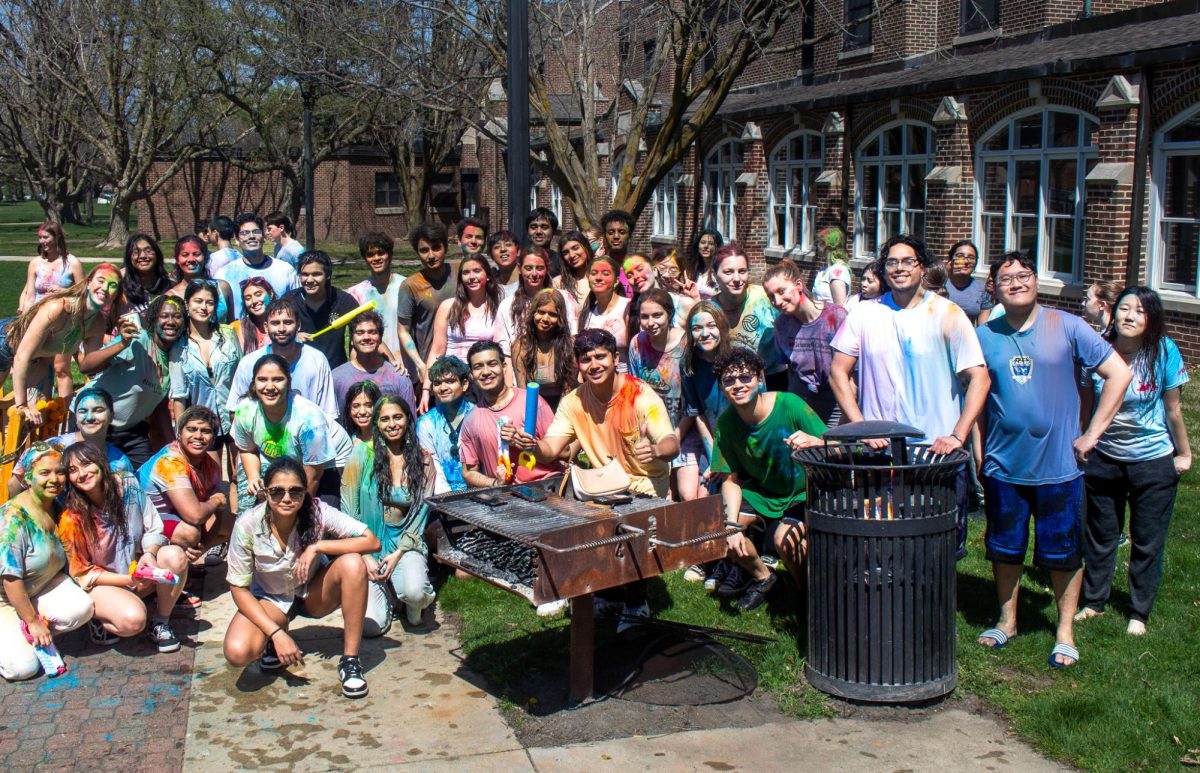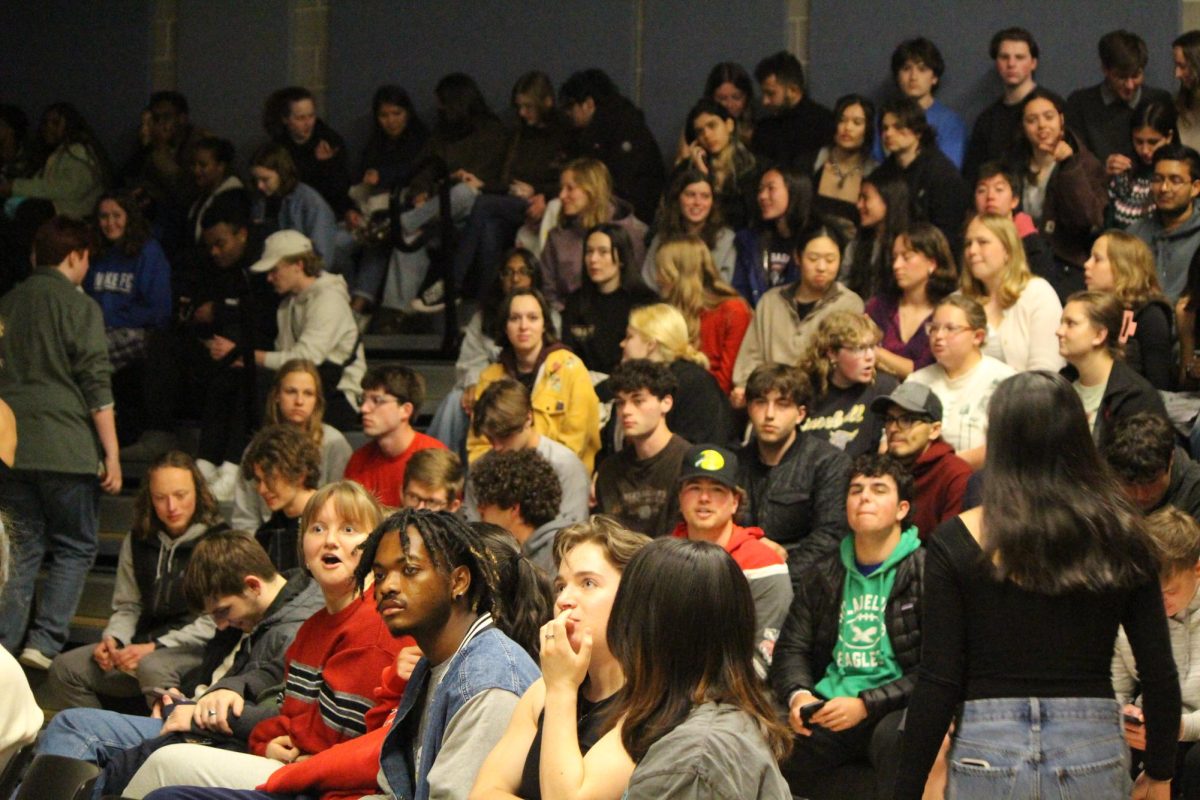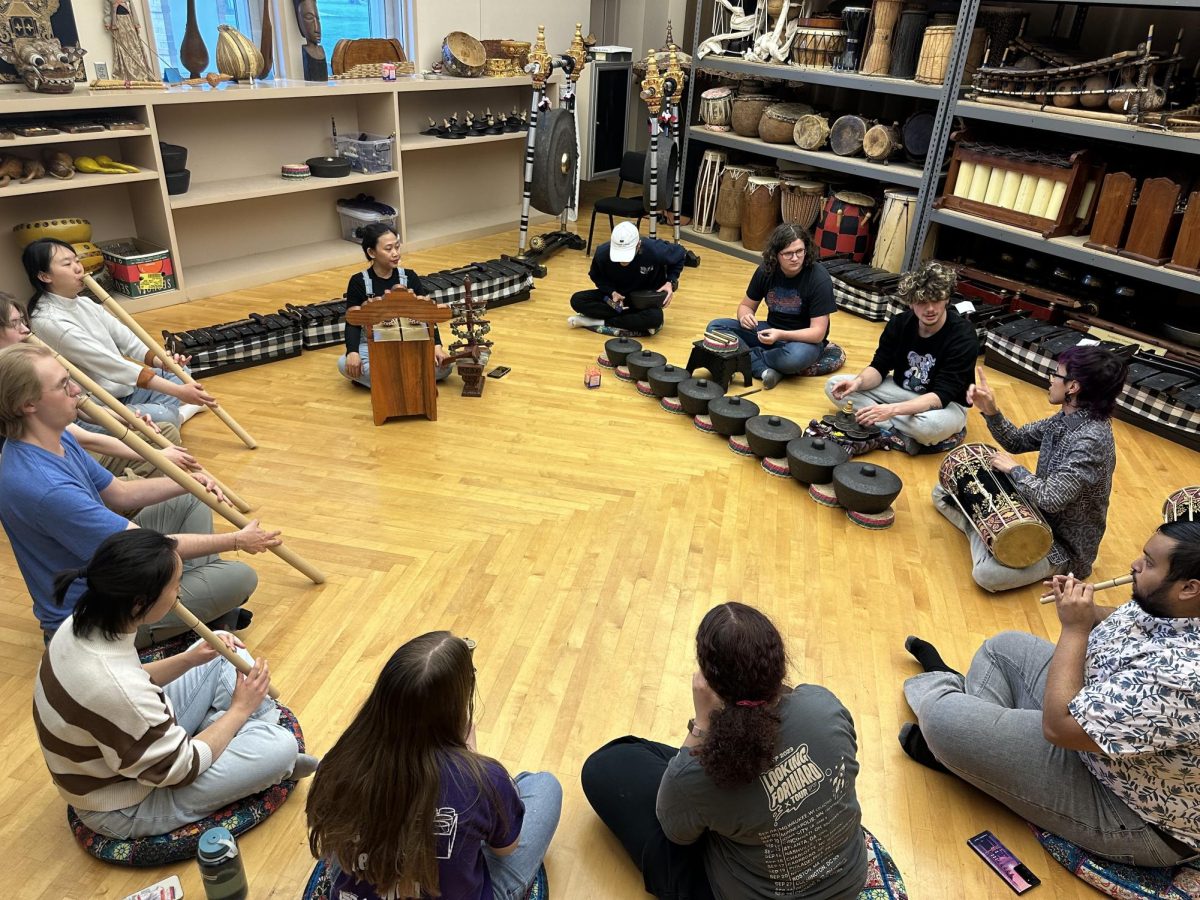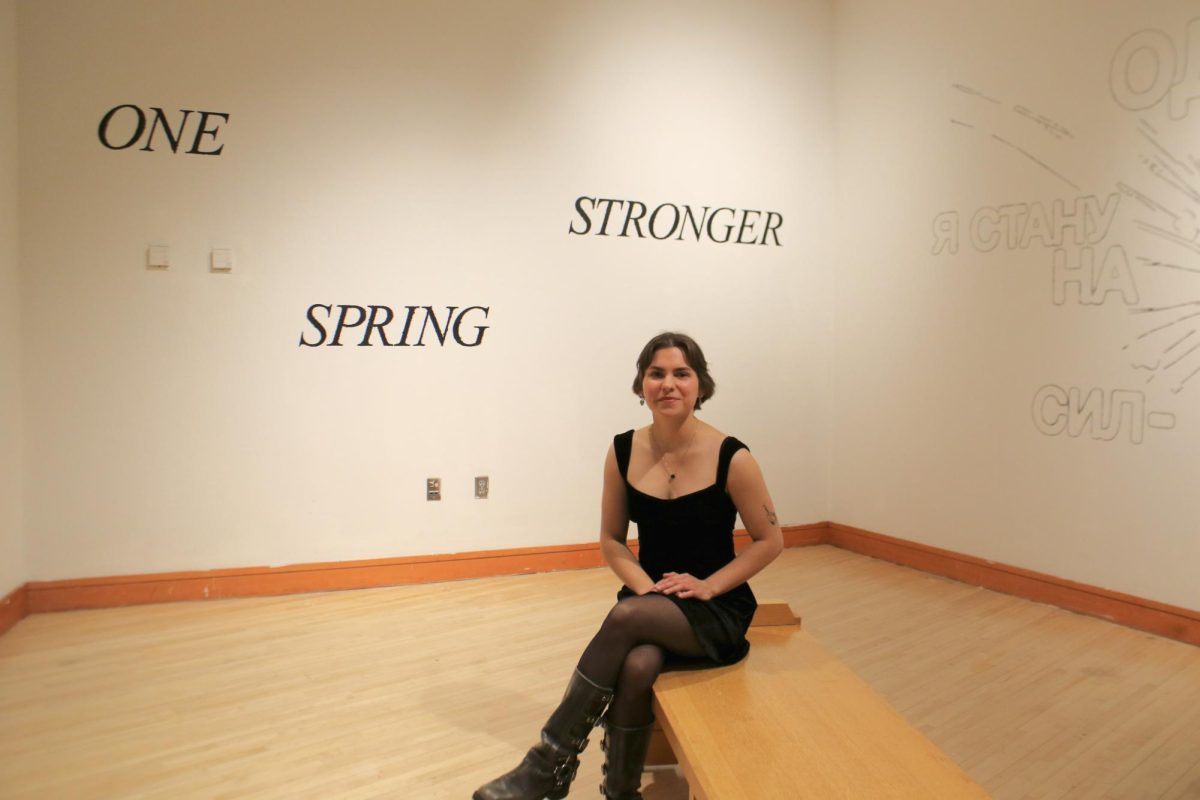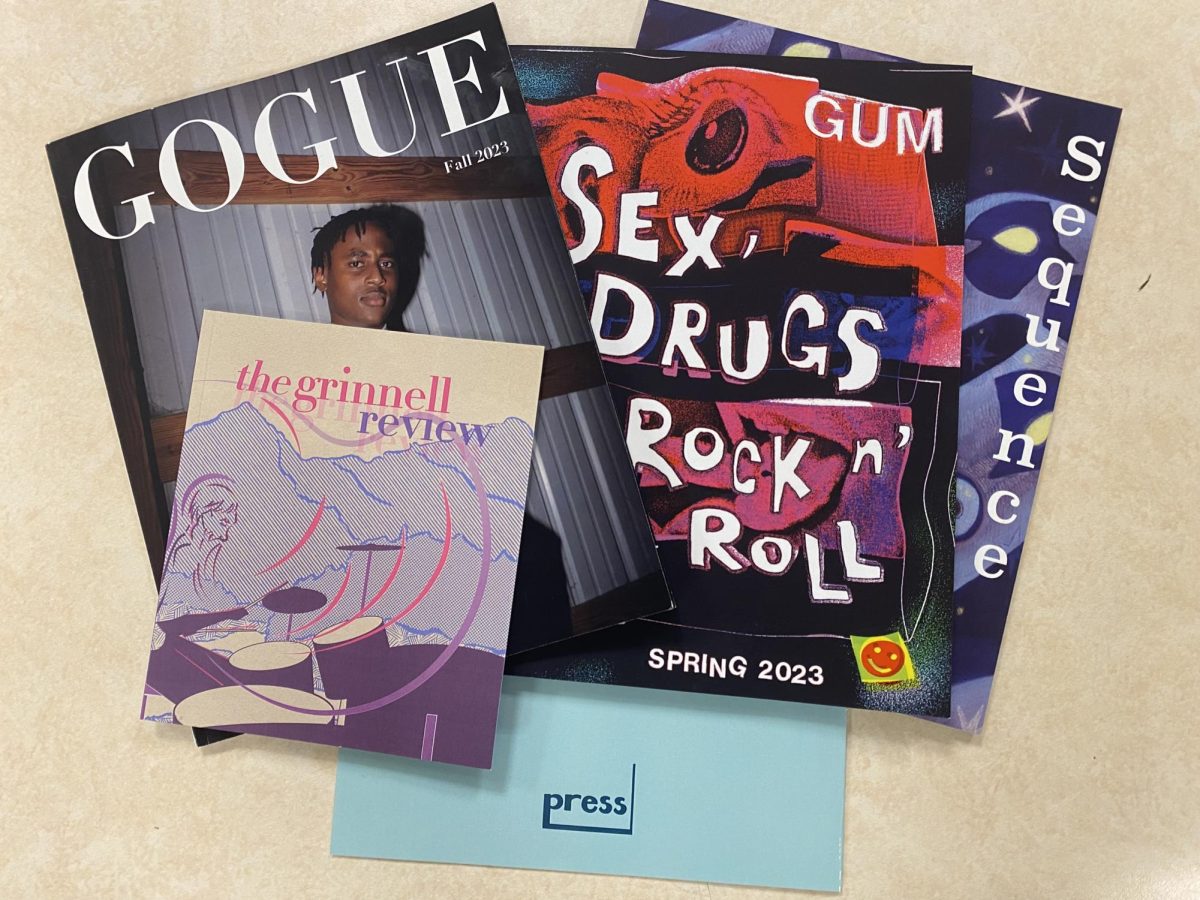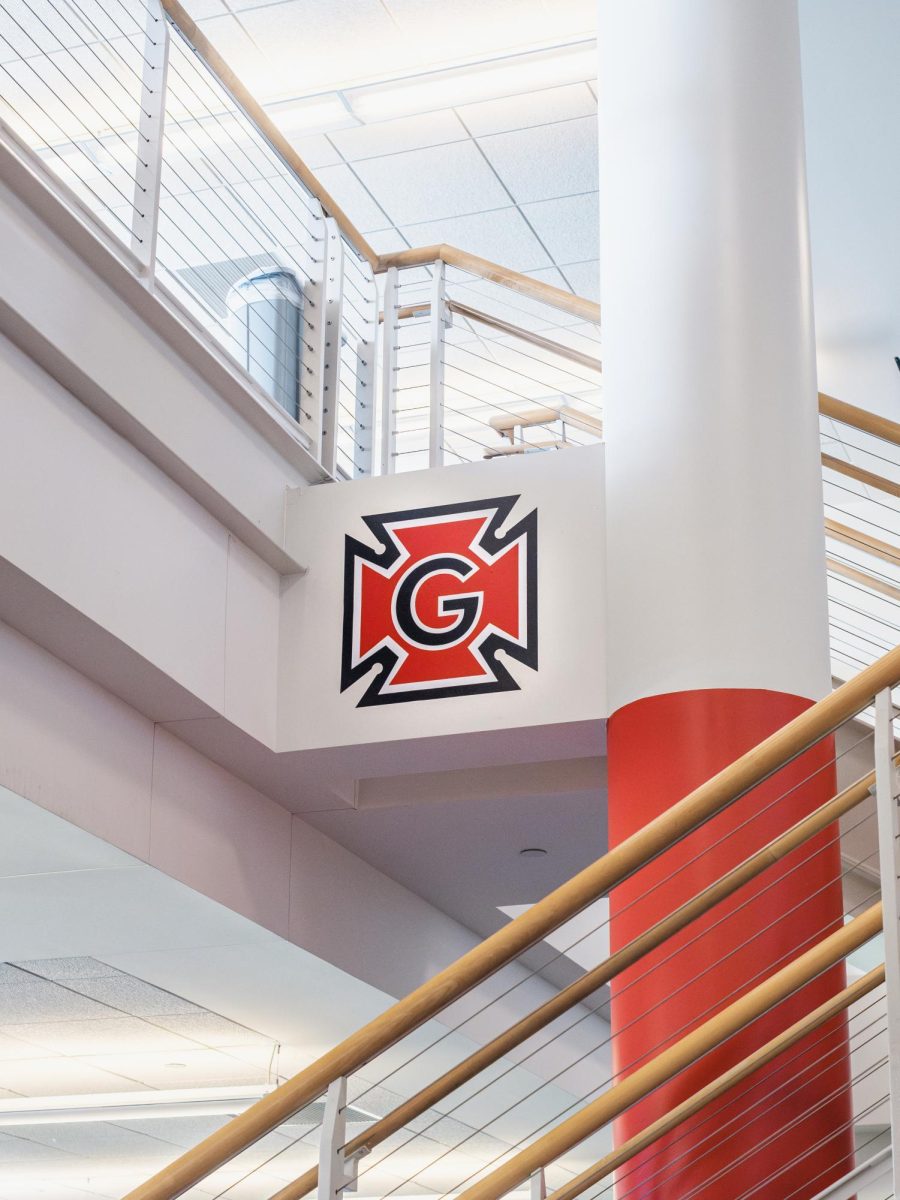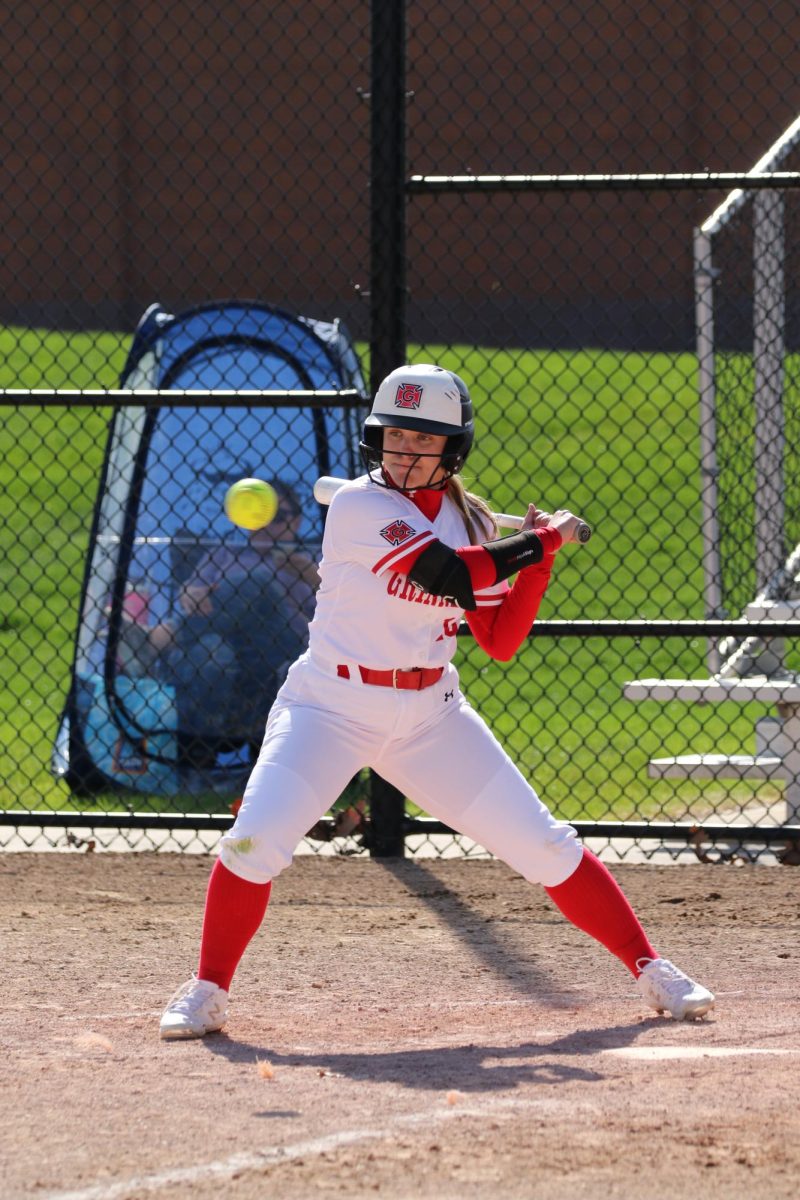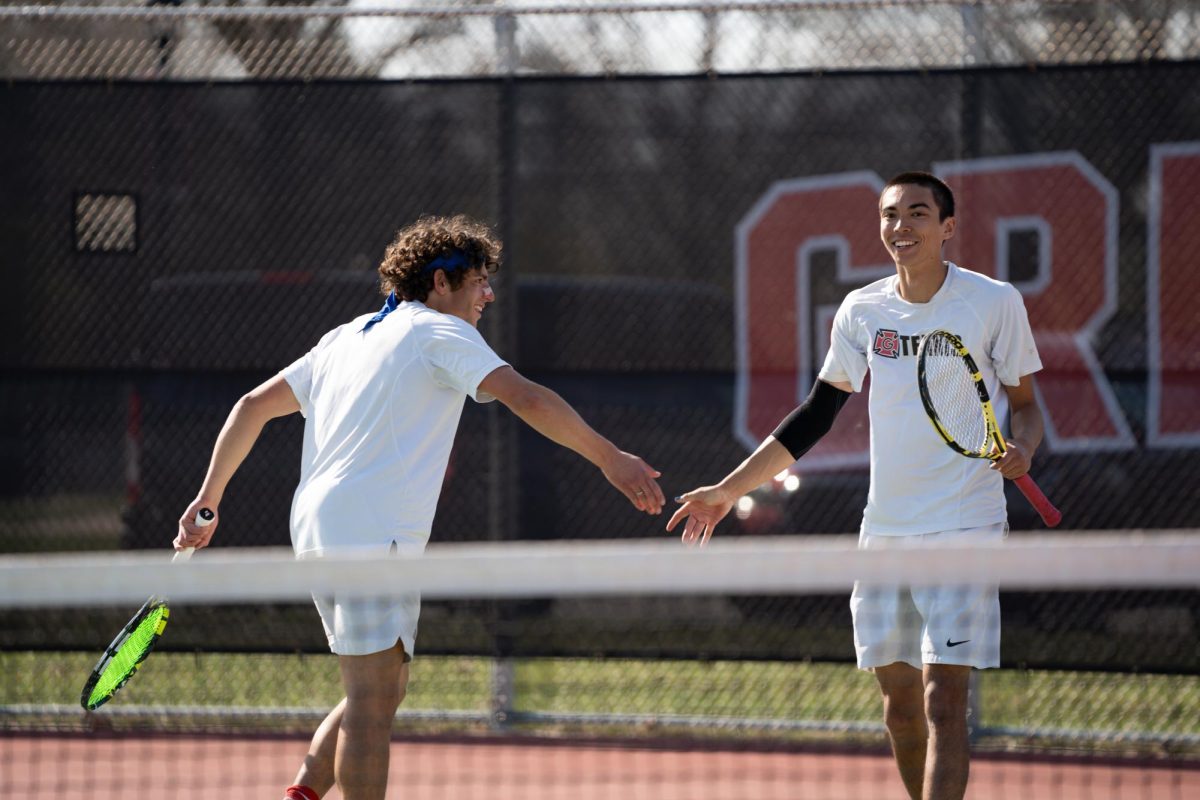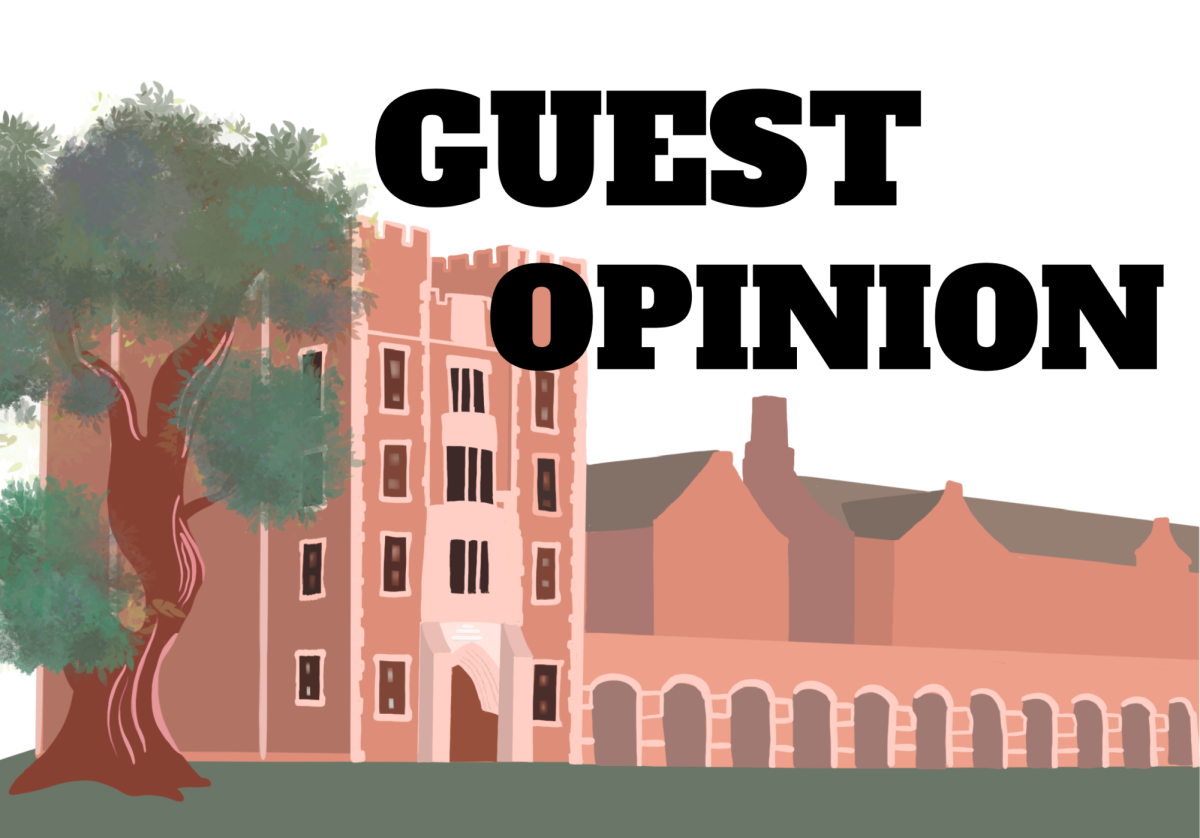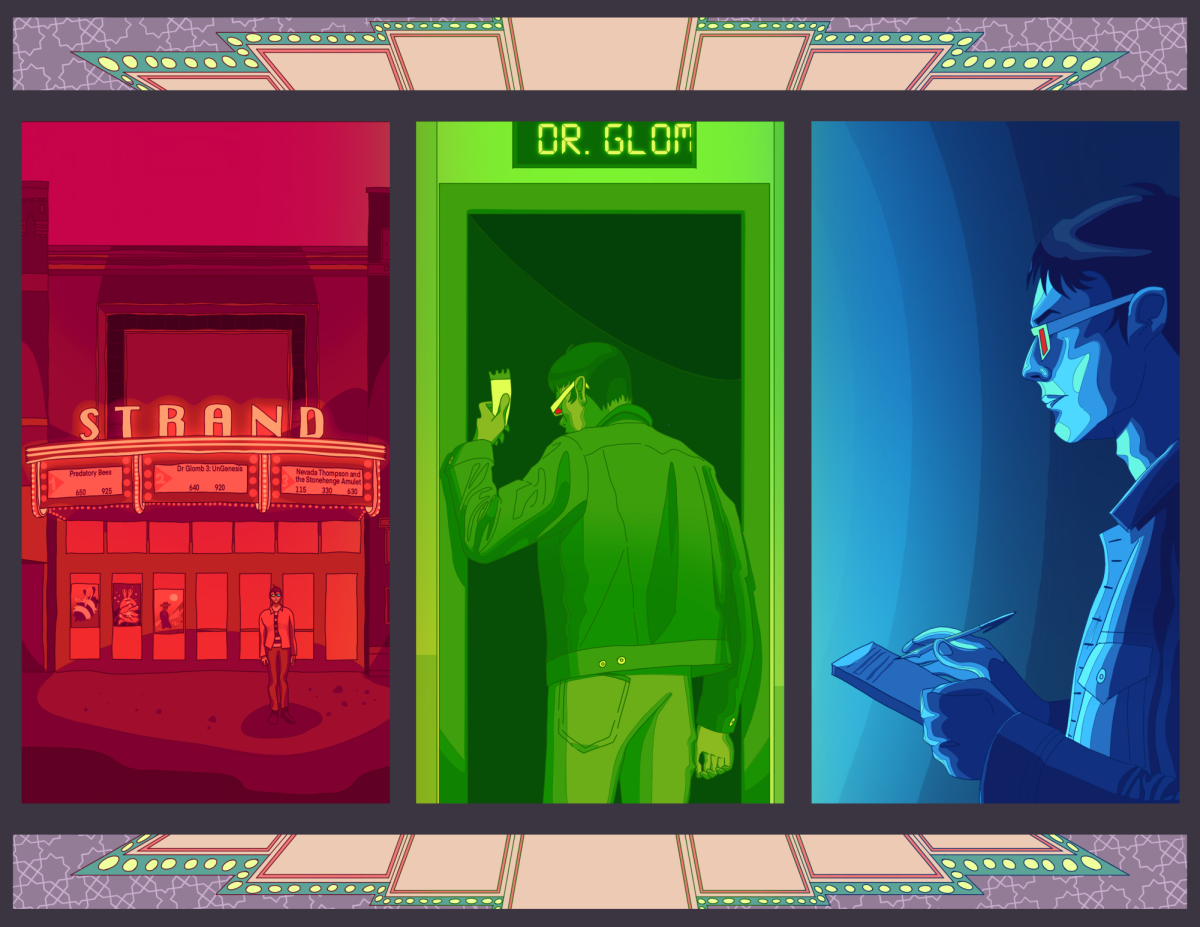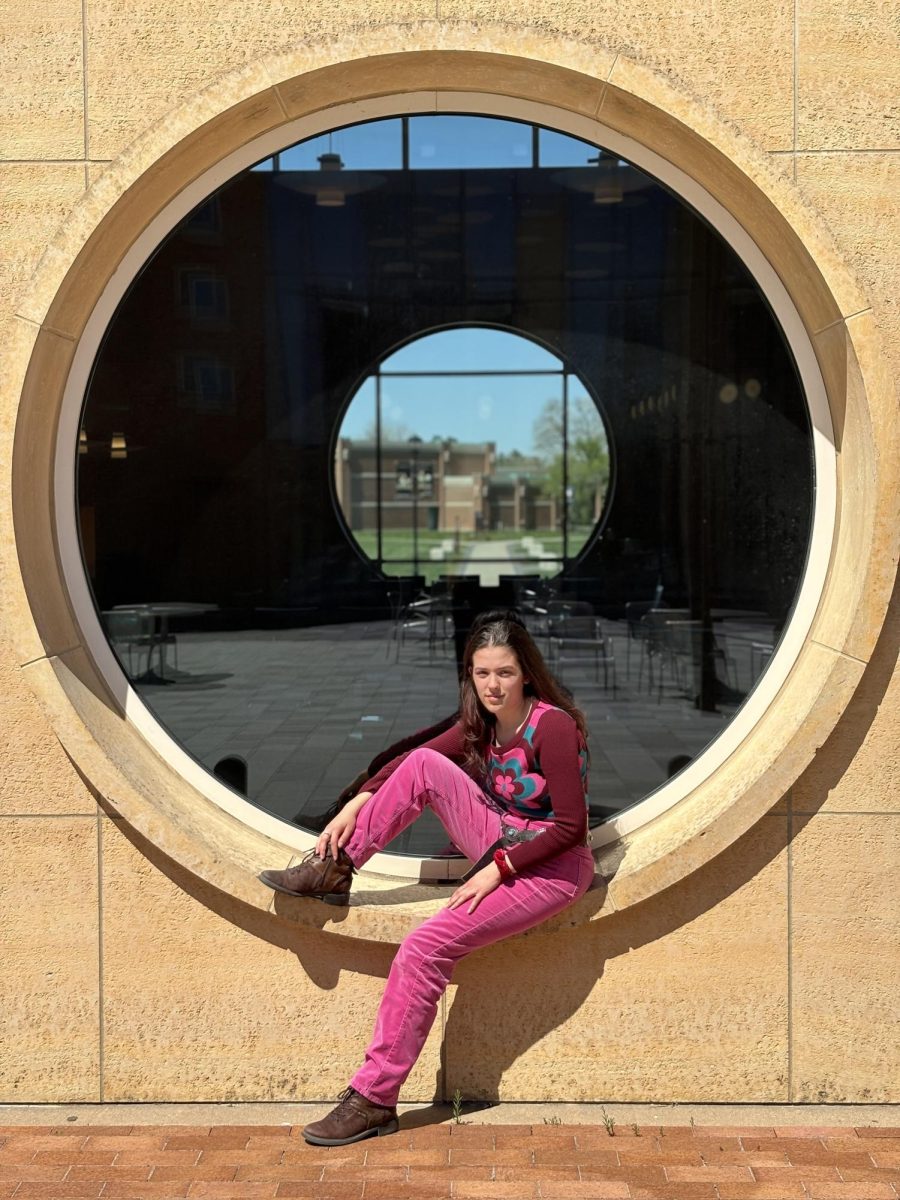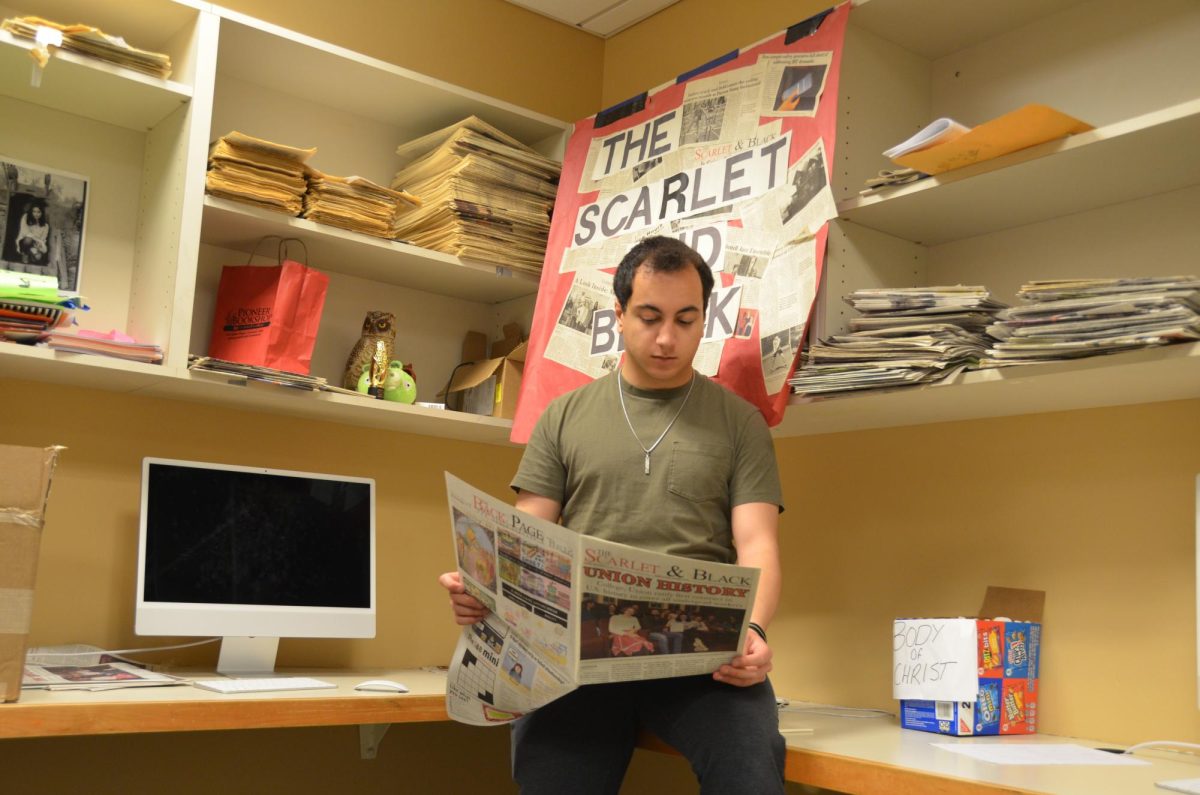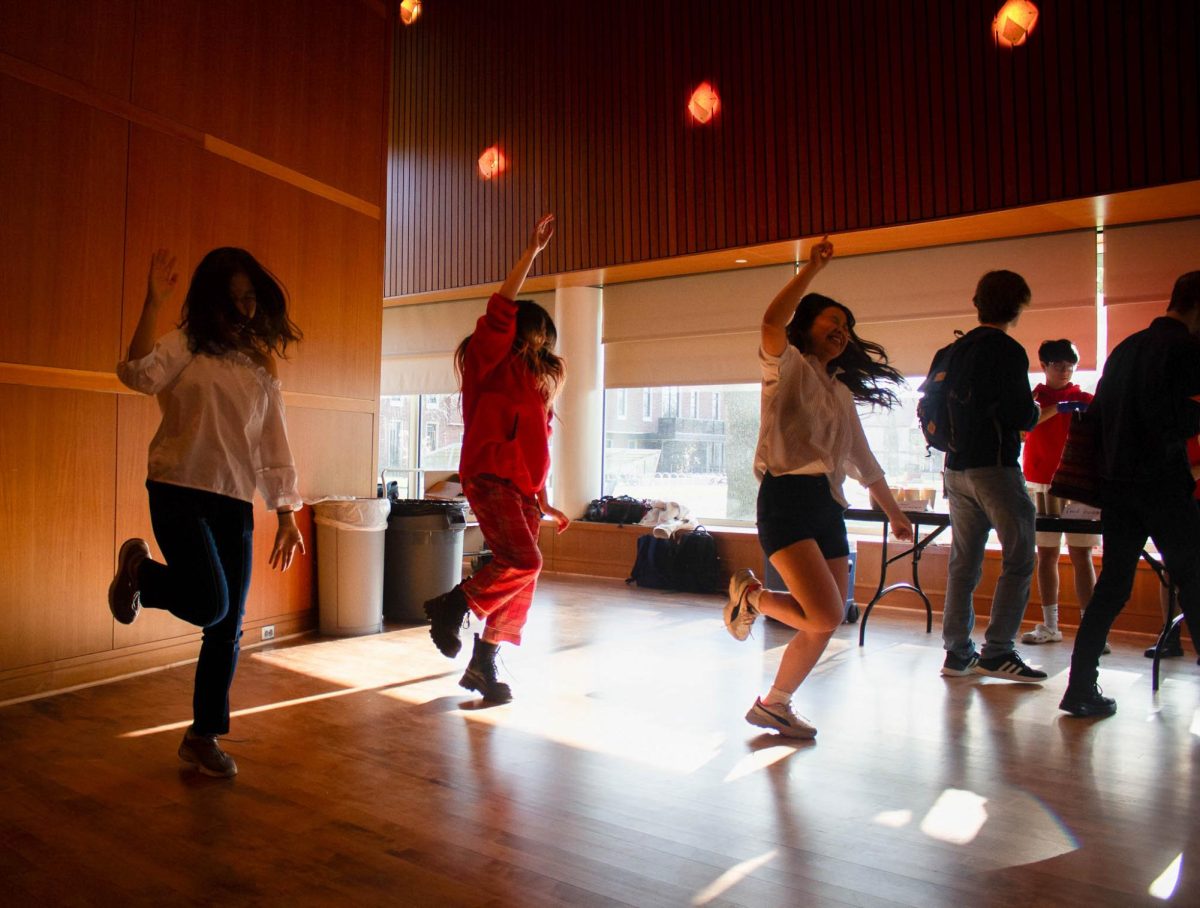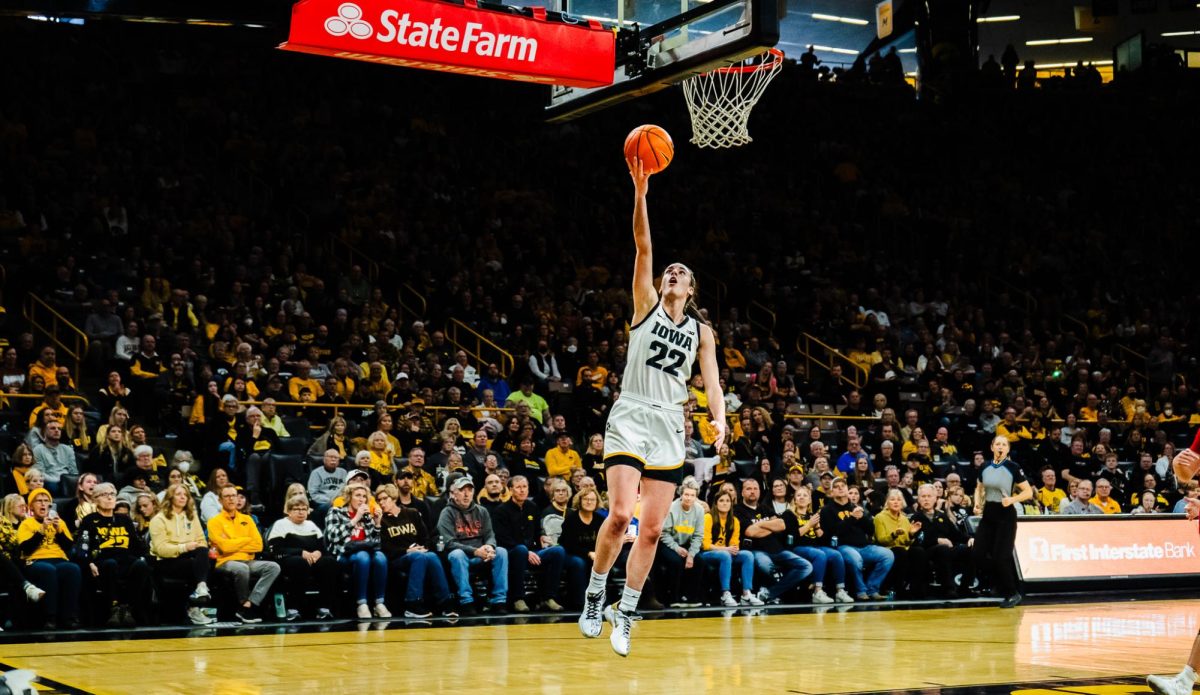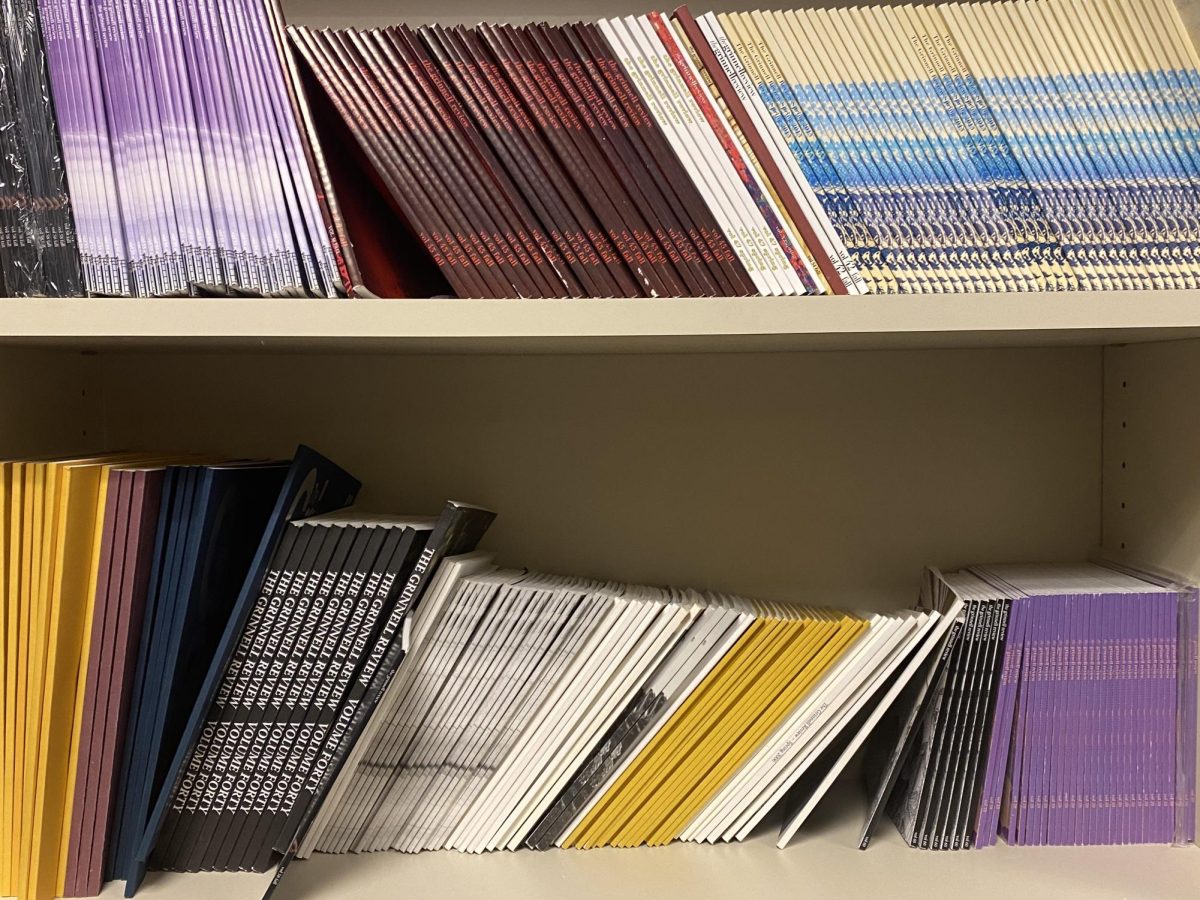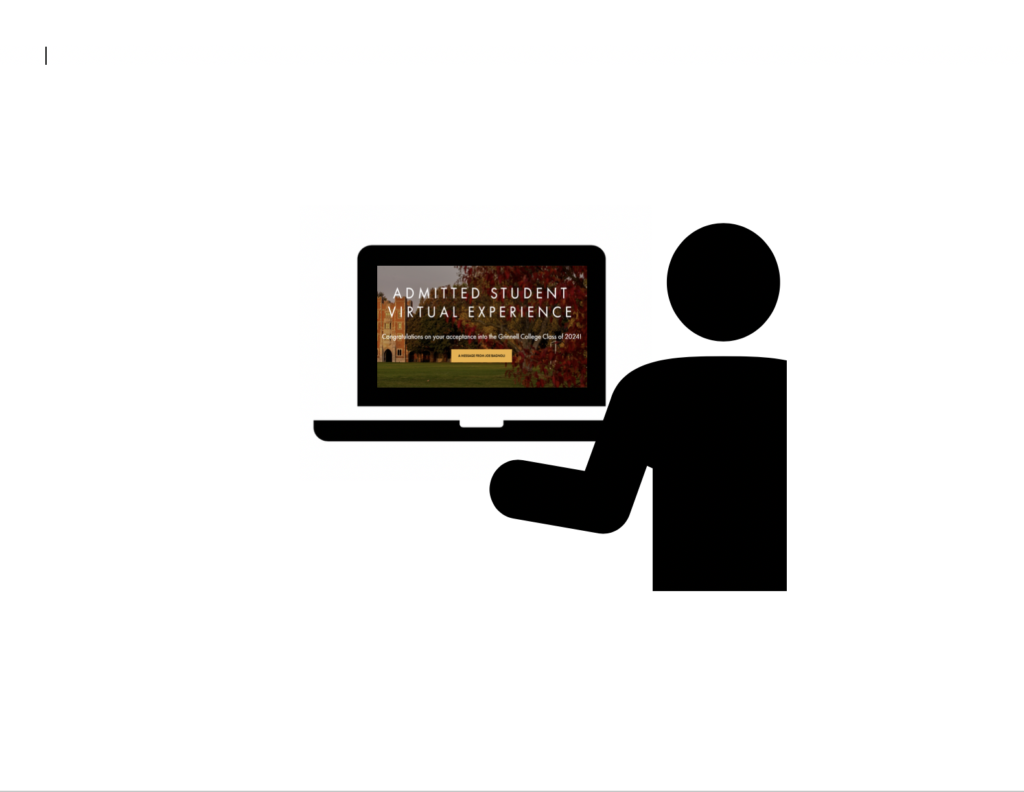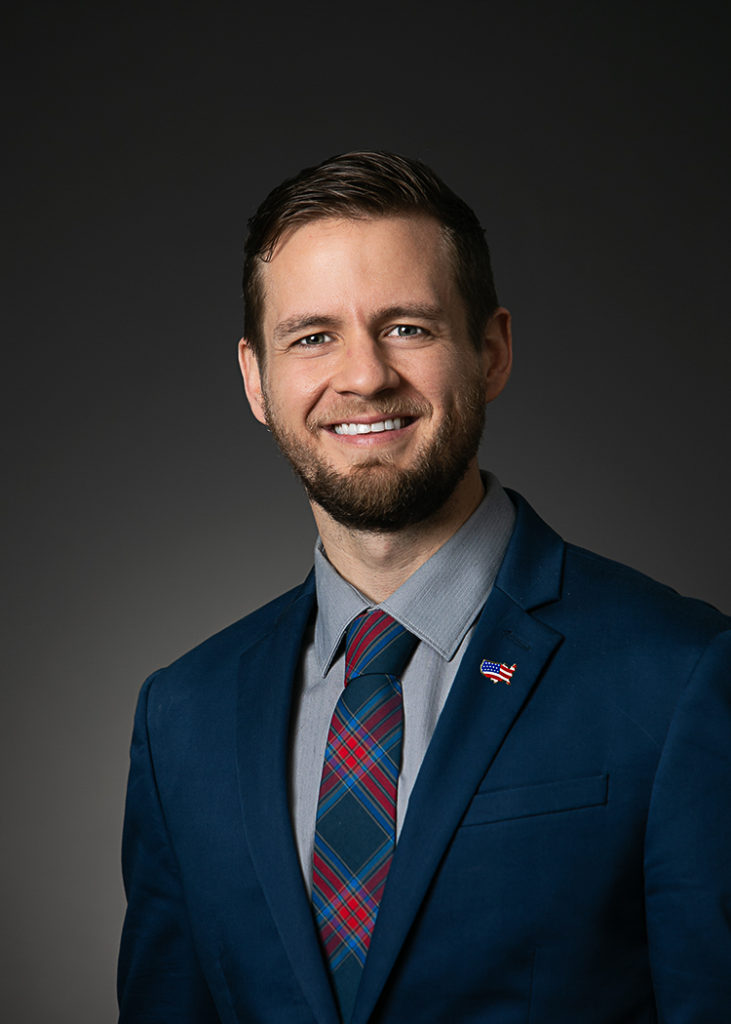This Wednesday, April 9, students met in an open forum to provide feedback on a final draft of a new Student Publications and Radio Committee (SPARC) constitution. The new document will aim to articulate the policies already in place, by which the committee determines the allocation of College funds to the student radio station and various publications.
The students will then vote whether or not to implement the new constitution. Voting is expected to start on Monday, April 14 and continue through Friday, April 18.
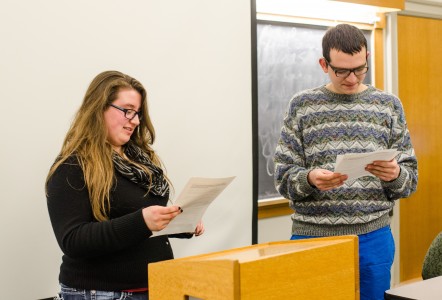
Photo by Shadman Asif.
The creation of a new SPARC constitution is part of an effort to codify the goals and methods currently enforced primarily by habit. The constitution previously in place was written over a decade ago and offered little practical guidance, said Nathan Forman ’15, the current SPARC Chair. For Forman, the new constitution represents a way to make his goals of representing the student body and fostering close ties to student publications more concrete, and ensures that SPARC stays on course in the years to come.
The constitutional draft presented on Wednesday represents over a year’s worth of development and revision based on student feedback.
The most significant changes made to the current draft include provisions to reflect a newly-developed budgetary procedure that Forman said will include more direct involvement by publications in the budget drafting process. Under the new policy, publications requesting funding from SPARC are allowed to have representatives on the committee to advocate for their respective groups and work together among themselves.
“We thought that publications knew the most about how they were going to spend their money and knew the most about why they needed the money that they requested,” Forman said of the recent changes. “We figured if there was a way to really make the groups that were applying to SPARC for funding feel that they were as much a part as any other group applying for funding, people would be more open to fundraising. People would be more open to saying ‘Hey, maybe we over-requested here’ … it really felt like we were bringing the publications closer in and making them feel like they were more a part of the process than before.”
Forman said such policies can foster a collaborative relationship between publications, allowing them to support one another in their shared concerns about budgetary matters such as printing costs and staff and writer salaries.
But the new constitution also aims to prevent disputes between publications and SPARC, and to provide methods of recourse when such preventative measures fail. Additions to the constitution articulate the rights possessed by publications which receive funding from SPARC with the goal of establishing a better relationship between the two.
“In past years there has been a lot of conflict, where someone thought that SPARC Chair was pushing around their publication or mistreating them, and we’ve now set up arbitration processes with the adviser to SPARC to deal with that,” Forman said. “SPARC cannot tell you what to publish or control your content, so it’s a more formal articulation also of our responsibilities.”
Among the concerns voiced on Wednesday night was the clarification that, as an organization, SPARC holds the copyrights to all material published using its funds. Students also discussed the possibility of SPARC being held liable if any of the publications it funds were to be sued for libel. SPARC Vice-Chair Emily Hackman ’16 said that both statements were true, but qualified that neither was likely to be legally necessary in the near future.
Ultimately, Hackman said, the methods of student review and revision which have shaped the constitution are reflective of the way SPARC hopes to build its policies to be centered on inclusion, collaboration and accessibility.
“Everybody’s involved, and everybody has a say and we can see the collaboration between publications,” Hackman said.







